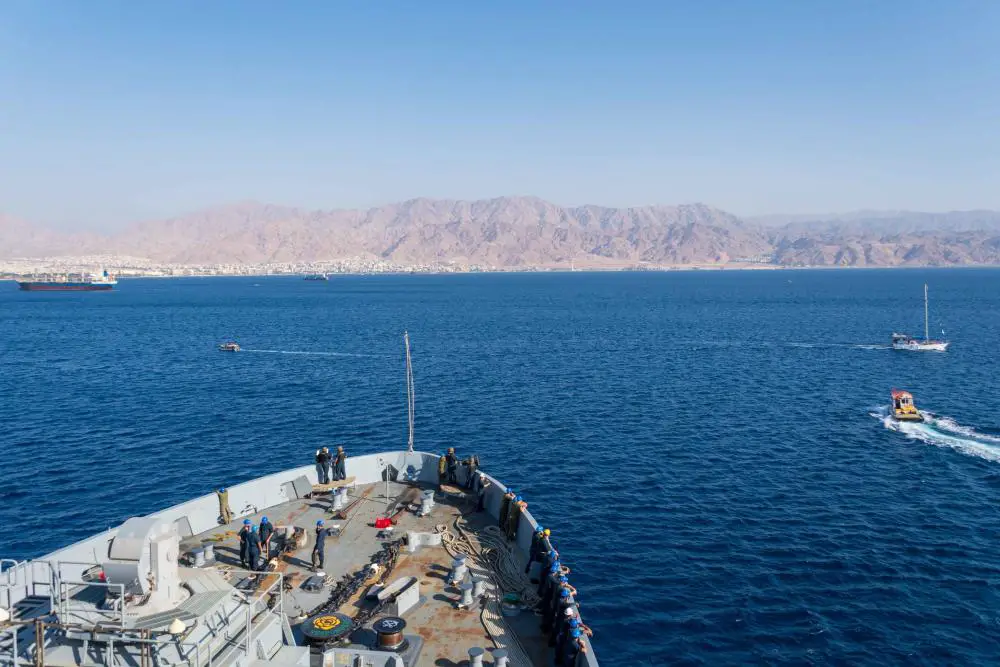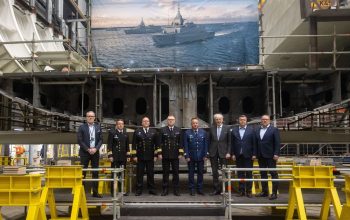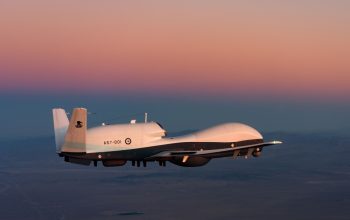Forces assigned to the United Arab Emirates, Bahrain, Israel and U.S. Naval Forces Central Command (NAVCENT) began conducting a multilateral maritime security operations exercise in the Red Sea, November 10. The five-day exercise includes at-sea training aboard amphibious transport dock ship USS Portland (LPD 27) focused on visit, board, search and seizure tactics. The training will enhance interoperability between participating forces’ maritime interdiction teams.
“It is exciting to see U.S. forces training with regional partners to enhance our collective maritime security capabilities,” said Vice Adm. Brad Cooper, commander of NAVCENT, U.S. 5th Fleet and Combined Maritime Forces. “Maritime collaboration helps safeguard freedom of navigation and the free flow of trade, which are essential to regional security and stability.”

The U.S. Fifth Fleet is a numbered fleet of the United States Navy. It has been responsible for naval forces in the Persian Gulf, Red Sea, Arabian Sea, and parts of the Indian Ocean since 1995 after a 48-year hiatus. Established in 1944, the Fifth Fleet conducted extensive operations against Japanese forces in the Central Pacific during World War II. World War II ended in 1945, and the Fifth Fleet was deactivated in 1947. It remained inactive until 1995, when it was reactivated and assumed its current responsibilities.
The 5th Fleet shares a commander and headquarters with U.S. Naval Forces Central Command (NAVCENT) in Bahrain. Fifth Fleet/NAVCENT is a component command of, and reports to, U.S. Central Command (CENTCOM). It area of operations encompasses nearly 2.5 million square miles of water area and includes the Arabian Gulf, Gulf of Oman, Red Sea, parts of the Indian Ocean and three critical choke points at the Strait of Hormuz, the Suez Canal and the Strait of Bab-al-Mandeb.














